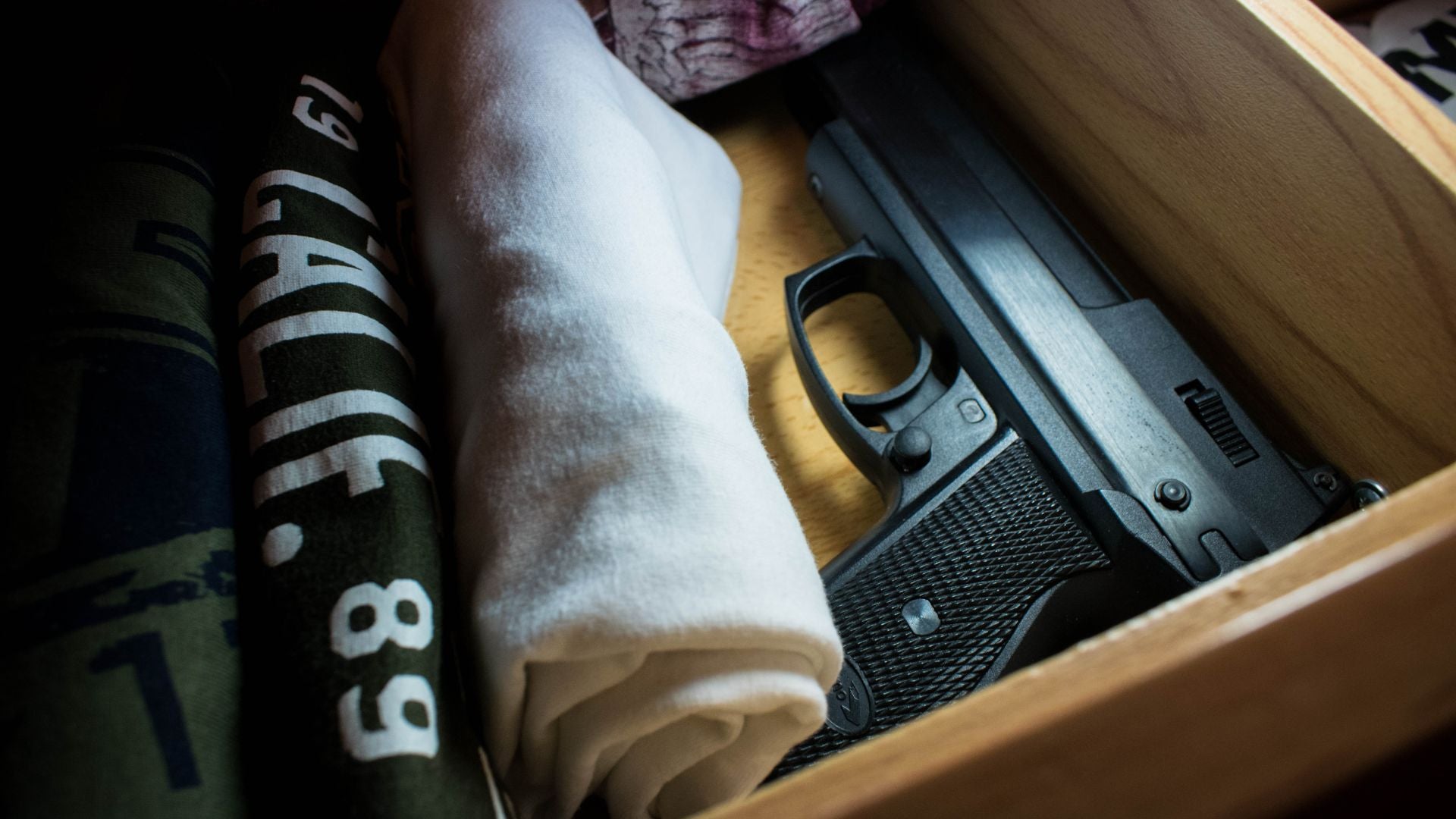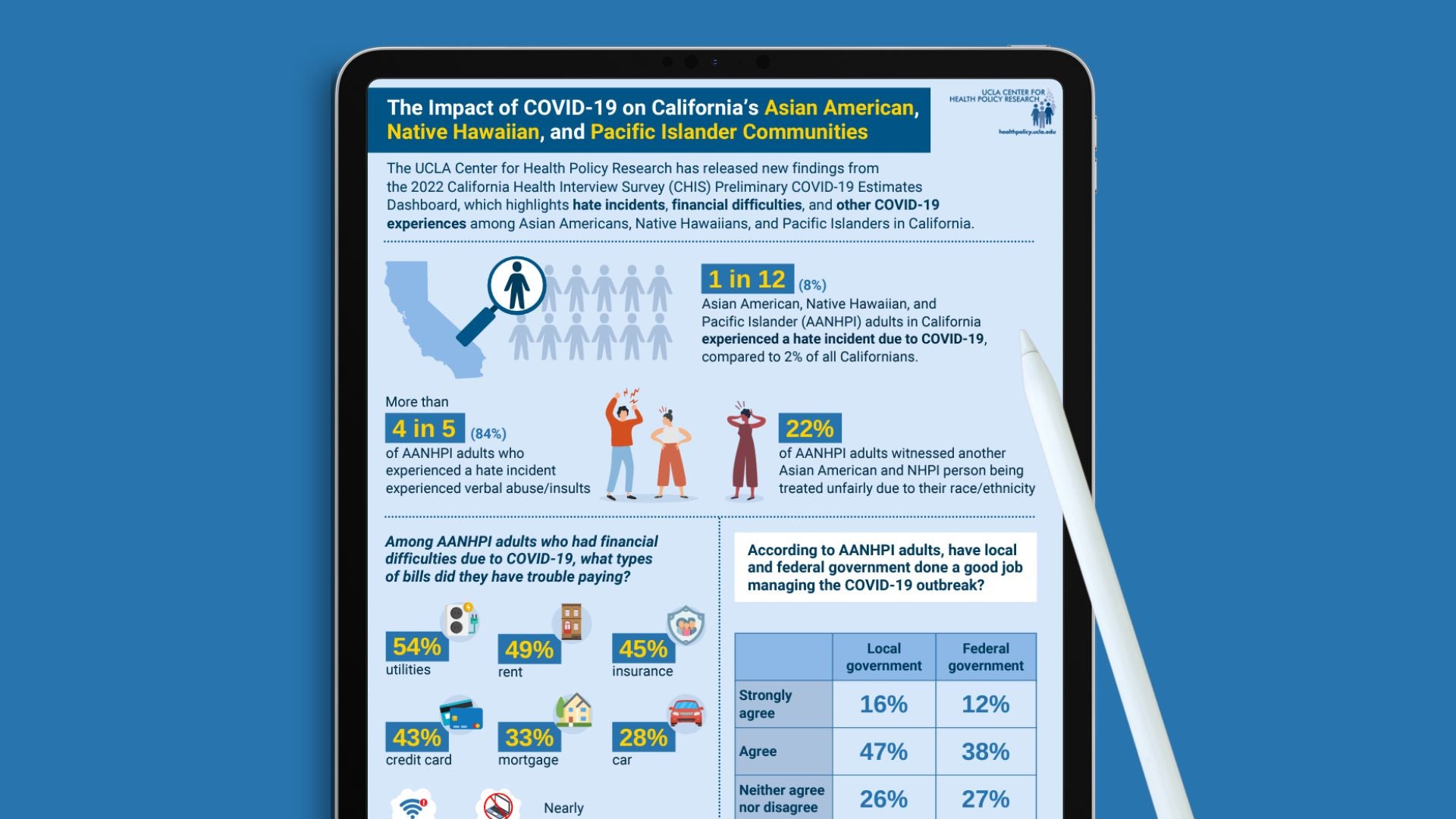
Fact Sheet
Despite California’s Strong Gun Laws and Regulations, Issues of Gun Safety and Fears of Gun Violence Remain
Summary: The 2021 California Health Interview Survey (CHIS) included questions about guns in the home and fears of gun violence, asked of California adults and of adolescents ages 12 to 17. This fact sheet focuses on the resulting estimates about guns and gun safety at home, as well as attitudes related to gun violence among adults in California. It also highlights estimates across population groups that are disproportionately affected by gun violence, including young adults (ages 18 to 25); immigrants; veterans; lesbian, gay, or bisexual (LGB) adults; transgender or gender-nonconforming adults; and adults living in rural areas.
Findings: About 5.2 million California adults, or 17.6%, kept a firearm at home, and California veterans comprised the highest percentage of those with a firearm in the home (38.1%) among selected population groups. Of adult gun owners, 7.7% reported having a firearm at home that was loaded and unlocked, including 13.9% of veterans who kept a gun at home. Of all California adults, 12.9% were "very worried" about being a victim of gun violence, including 24% of adult immigrants in the state. Of adults in rural areas, 6.5% were "very worried” about being a victim of gun violence, half the percentage for adults in urban areas (13.5%); LGB and non-LGB adults had similar percentages, at 13.7% and 12.6%, respectively.
Read the Publications:
- Fact Sheet: Despite California’s Strong Gun Laws and Regulations, Issues of Gun Safety and Fears of Gun Violence Remain (ADA Compliant)
- Infographic (ADA Compliant)
- Press Release
Watch the Webinar segment:
- Despite California's Strong Gun Laws and Regulations, Issues of Gun Safety and Fears of Gun Violence Remain (starts at the 28 minute mark)





